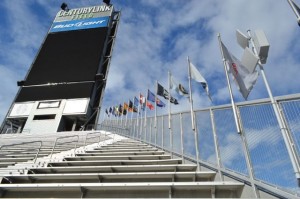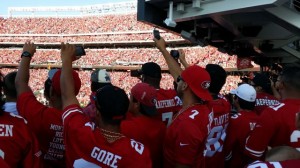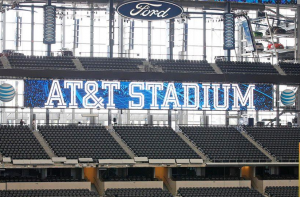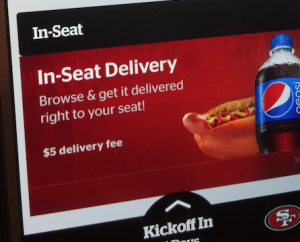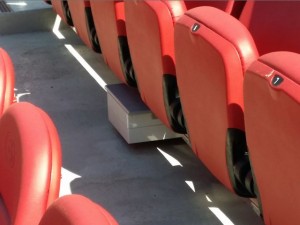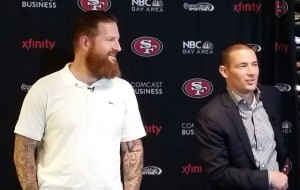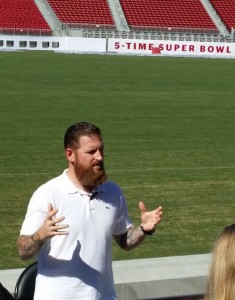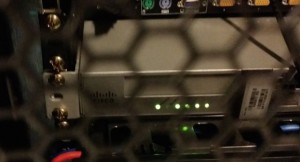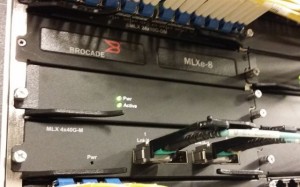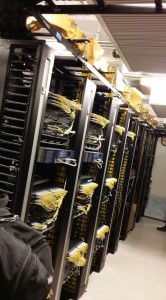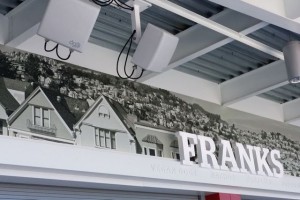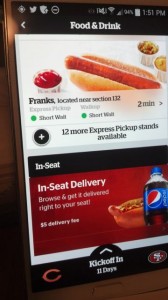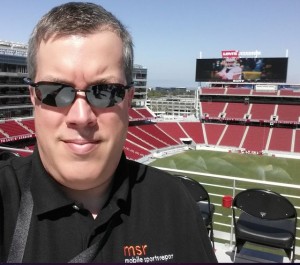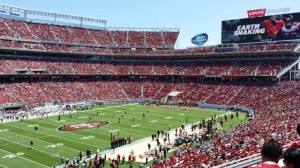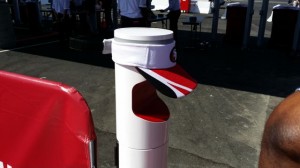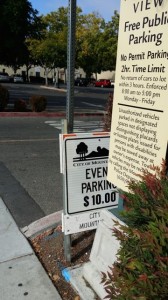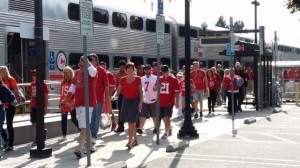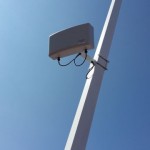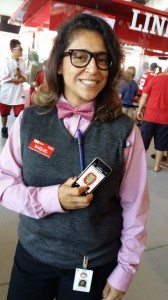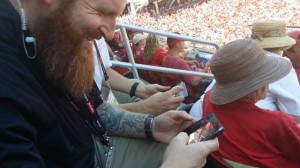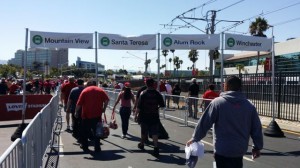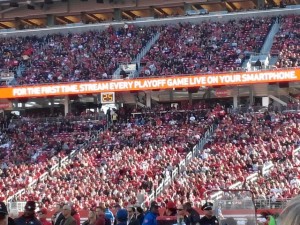 We’ve come a long way from the days when it was a struggle to even find NFL live action online. This season, all NFL playoff games, including the Super Bowl, will be available for online viewing, via a desktop computer, laptop or tablet, no matter which network is carrying the games. The league has even created a handy single web page to find instant access to the live streams, no small matter since network pages usually make you jump through several clicks to find the actual live stream.
We’ve come a long way from the days when it was a struggle to even find NFL live action online. This season, all NFL playoff games, including the Super Bowl, will be available for online viewing, via a desktop computer, laptop or tablet, no matter which network is carrying the games. The league has even created a handy single web page to find instant access to the live streams, no small matter since network pages usually make you jump through several clicks to find the actual live stream.
Depending upon the broadcast network, you may need to have a qualifying cable or satellite contract to view the games. For this morning’s CBS game there was no confirmation process but for the afternoon Fox game I needed to submit cable provider info. Let me know what you see.
However, if you want to watch playoff games on your smartphone, your only option is to be a Verizon Wireless customer since that provider is the exclusive NFL live action host for smartphone devices. To view the live action, Verizon customers need to have either a More Everything plan or pay the $5 monthly premium fee for the NFL Mobile application. To be clear, customers of any wireless provider can download the NFL Mobile app to get all the stats and archived video it provides, but only Verizon customers can purchase access to live action on phone platforms.
UPDATE: Congrats to FOX for having the first playoff online broadcast fail:
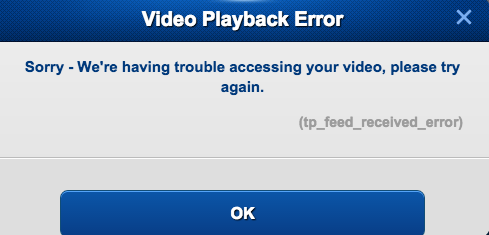
No word from Fox yet on when its stream will come back, or why it was down.

